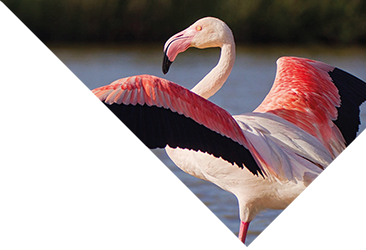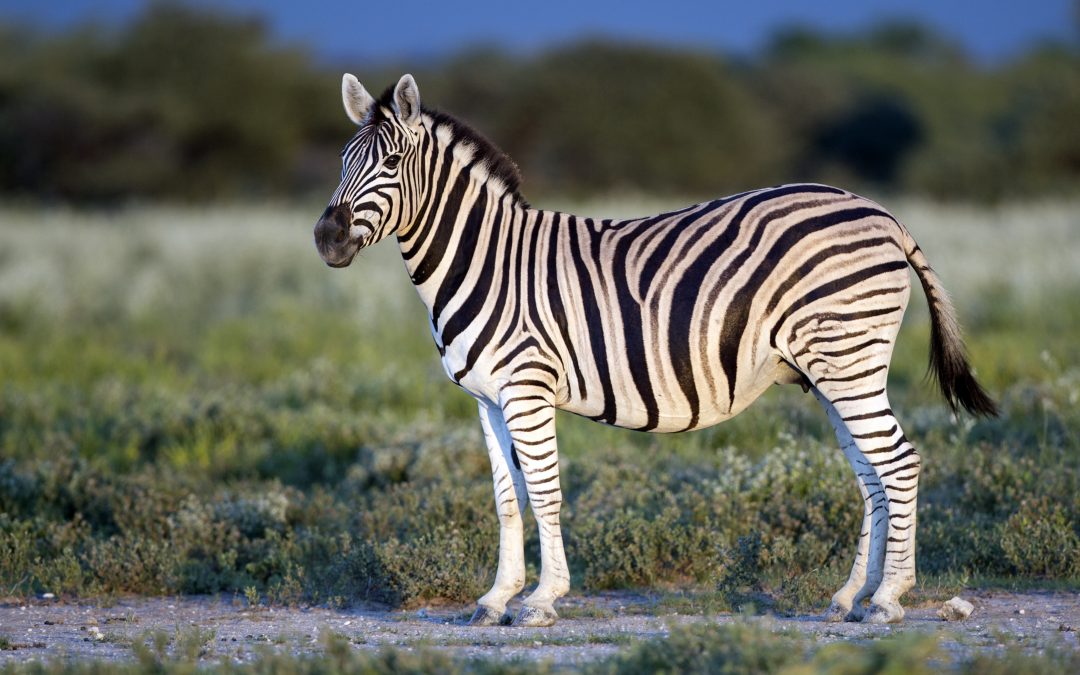“Large herbivores as ‘ecosystem engineers’ – management of their densities for the conservation of biodiversity” – Patrick Duncan, CNRS-Univ. of La Rochelle Chizé Lab – Friday 29th september 2017, 11AM, Monge
Summary – Extinctions of biodiversity have been accelerating since the beginning of the Pleistocene, Europe is no exception and the social and economic consequences of these extinctions will accelerate too. However some populations of wild animals have been restored with great success. Understanding the dynamics of these animals in anthroposystems may require new scientific frameworks; new questions are posed for conservation, new approaches for management are required.
1. Since the impact of people on our anthroposystems is ubiquious, management for conservation is generally inevitable. Some species need more attention than others; large herbivores (LH) are species of particular importance for the dynamics and functioning of ecosystems (‘keystone species’).
2. The impact of LH is density dependent, so we need to understand the processes driving their abundance, and their evolution. It is fashionable to say that natural processes are now of minor importance, since the world is driven by people; this is not true everywhere, even in Europe. The long term consequences of our use of the Earth are not yet understood, and wild places can provide ‘controls’ for our ‘experiments’; ‘rewilding’ with extinct LM can be useful.
3. The processes limiting and regulating LH densities can be top-down and/or bottom up, however it is now becoming clear that these processes interact extensively. The Hopcraft (2011) model is a useful conceptual framework for exploring these interactions, but it needs new empirical tests.
4. Moving forward: managing LH populations is in its infancy. Management of some birds, in particular Geese, could provide a useful model for a European initiative to improve the situation. The first step is to bring the main stakeholders together to identify the key issues.
To gain time, and depth in the discussion, these publications may be useful:
– Simberloff D (1998) Flagships, umbrellas, and keystones: is single-species management passé in the landscape era? Biological Conservation, 83, 247-257
– Fritz H. & Duncan P. 1994. On the carrying capacities for ungulates of African savanna ecosystems. Proceedings of Royal Society of London, Series B, 2560: 77-82.
– Grange S., Barnier F., Duncan P., Gaillard J.M., Valeix M. Ncube, H. & Fritz H. 2015. Demography of plains zebras (Equus quagga) under heavy predation. Popul. Ecol. 57(1): 201-214
– D. P. J. Kuijper, E. Sahlén, B. Elmhagen, S. Chamaillé-Jammes, H. Sand, K. Lone, J. P. G. M. Cromsigt. Paws without claws? Ecological effects of large carnivores in anthropogenic landscapes. Proceedings of the Royal Society B: Biological Sciences, 2016; 283 (1841): 20161625 DOI: 10.1098/rspb.2016.1625 Kuijper & al. Proc Roy Soc
– Hopcraft, J. G. C., Olff, H., & Sinclair, A. R. E. (2010). Herbivores, resources and risks: alternating regulation along primary environmental gradients in savannas. Trends in Ecology and Evolution, 25(2), 119-128. DOI: 10.1016/j.tree.2009.08.001
– Williams B.K. & E.D. Brown 2012. Adaptive management. https://www2.usgs.gov/sdc/doc/DOI-Adaptive-Management-Applications-Guide-27.pdf
– AEWA International Working Group for the Pink-footed goose. http://pinkfootedgoose.aewa.info/news
For more info, you can see on Google Scholar
many pdfs are available on Researchgate
Patrick Duncan’s resume [pdf]
photo credit : Yathin S Krishnappa






